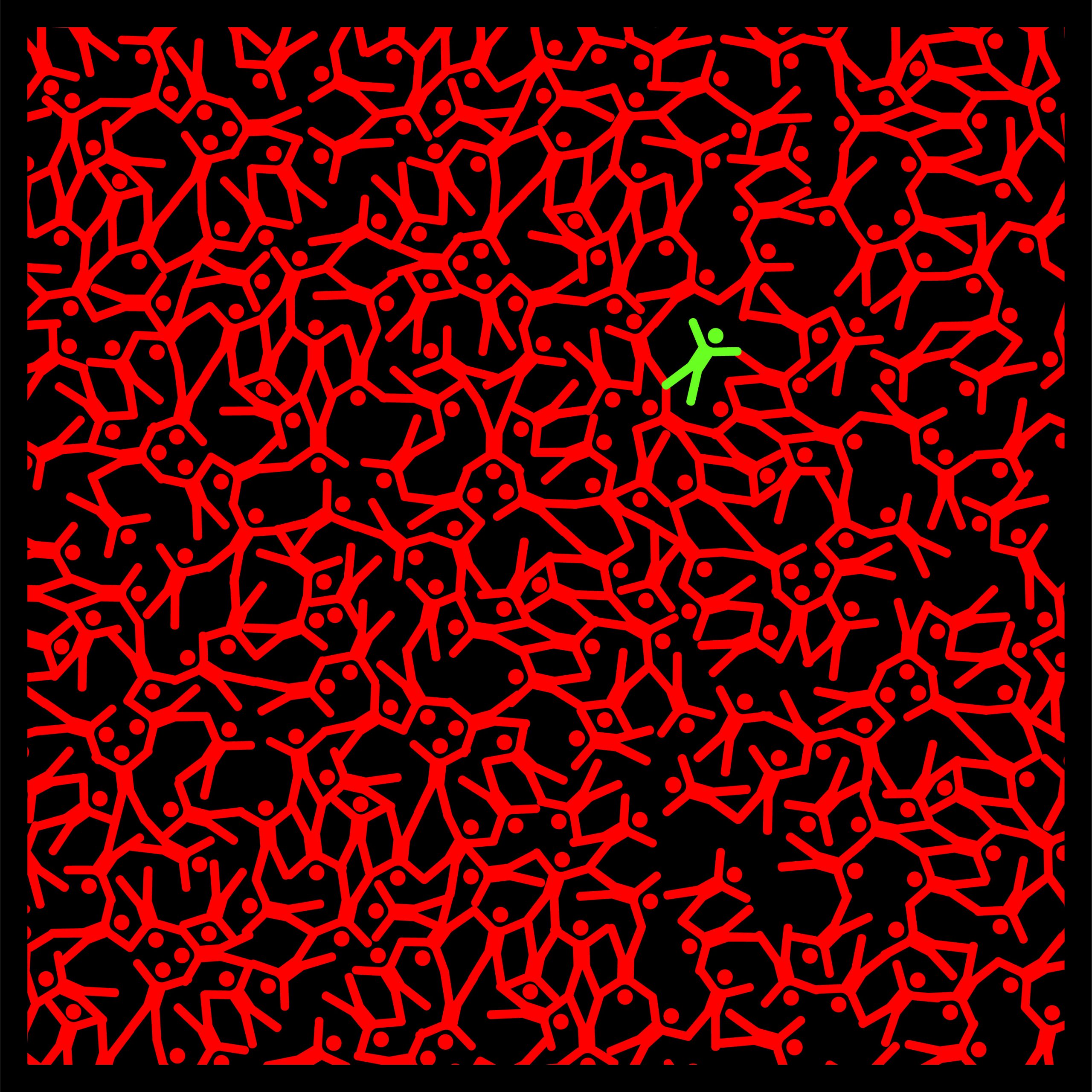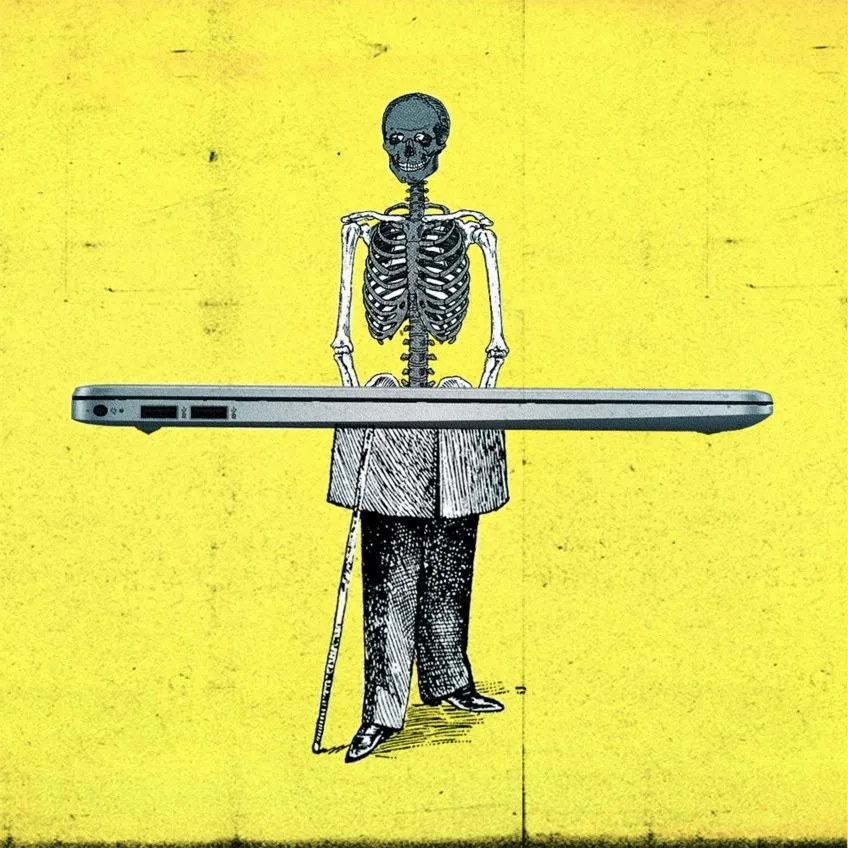We're all alone together
Graphic design professor joins global creative collaboration.

We’re all alone together.
That’s the premise of the Istituto Europeo di Design Milan’s Stay Close(d) creativity challenge that Assistant Professor of Graphic Design Jarred Elrod joined in on.
Elrod was invited to participate by a colleague he met two years ago on a trip to Milan, Italy, named Giuseppe Liuzzo. Also known as “BOB,” Liuzzo heads the graphic design program at IED and was working with Elrod to develop a student exchange program prior to the outbreak of COVID-19.
Designers across the globe responded to weekly prompts from IED Milan, which included Stay Close(d) and others. The artwork was compiled on multiple Behance sites.
For Elrod, designing and creating is a way to process the anxiety of the global pandemic.
“I think that in this unique situation where the entire world is feelings this overwhelming sense of anxiety and this foreboding fear of the unknown, I consider, at least for myself, using making as an avenue to cope with that anxiety,” Elrod said. “I can visualize and make tangible some of those anxieties that I’m feeling and get that out of my brain and onto paper.”

Elrod teaches graphic design students in the School of Art + Art History and invited some of his students to take part in the IED collaboration.
With no lack of creativity challenges surfacing on social media, Elrod knows that the process of creating can become overwhelming.
“It’s a double-edged sword because we’re seeing a glut of information telling us how we should be handling this and online programming requesting our time and participation,” he said, “While these are all positive gestures, I think everyone is reaching a saturation point.”
Elrod said he and his colleagues are able to deliver graphic design courses online efficiently, but he said that things aren’t exactly business as usual.
“A lot of what’s happening from my experience and the feedback I’ve gotten back from my students is we’re not allowing ourselves time to process this,” he said. “You can’t do everything all the time—and that’s ok. Even without a pandemic, practicing as a creative professional is mentally and emotionally demanding.”

While students may be able to access all of the design software remotely, Elrod said they do miss out on being in the studio spaces together.
“We value our studio spaces so much because it’s a place for people to create together,” he said. “We value that community, connection and collaboration.”
But the graphic design department didn’t give up on that sense of community, and they looked for alternative ways to come together. One way was developing an online exhibition for seniors. Graduating students worked with faculty to develop the website, which captured their class’s personality and studio life. They also shared student profiles to Instagram to celebrate.
“As an educator, allowing individuals the space to move forward in their own way while continuing to provide supportive frameworks for dialogue is something you have to be mindful of,” Elrod said.
“As a standard practice, my students and I frequently check in as a group to discuss how we’re all working to find emotional and creative balance in our own ways. We share our stories in a supportive listening environment. These group conversations are amazing opportunities to reconnect with our own creative identities and with each other.”
Learn more about Graphic Design / Design & Visual Communications.